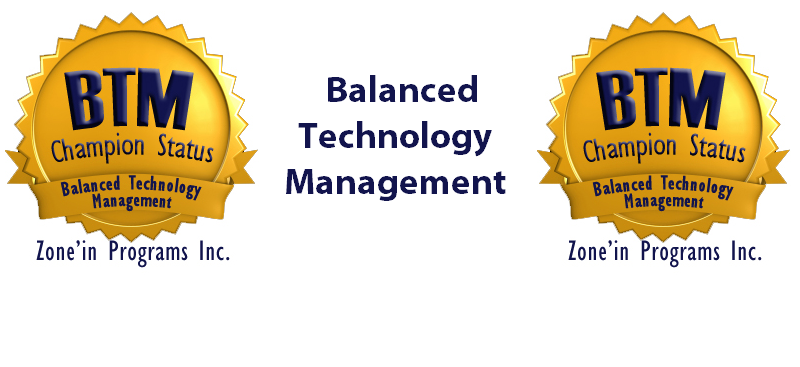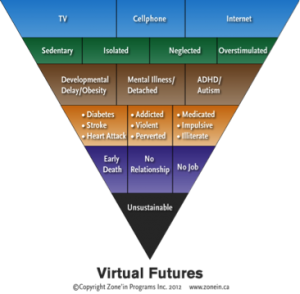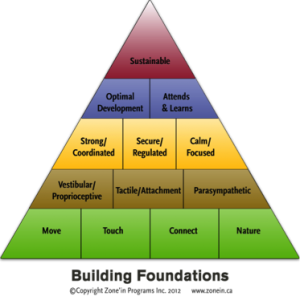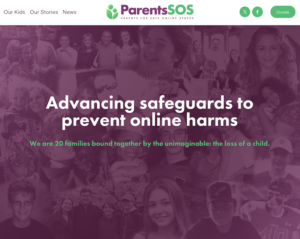As concerns mount regarding the impact of technology on children, visionary focus on changing the design of video games comes to the forefront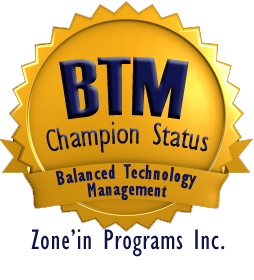 . Through strategic design, can a video game actually enhance child development and learning? I was recently approached by game designer to work collaboratively with his team in creation of a video game that is engaging, but not harmful to children. We developed a list of criteria for video games which promote child development and learning. These criteria will serve to guide future video game designers toward managing balance between critical factors for child development and learning, with video game use. Designers who meet the Video Game Criteria for Child Development and Learning, will receive the Zone’in Programs Inc. Balanced Technology Management Champion Status seal of approval on their video game. The BTM Champion Status seal of approval will assure parents the video game will enhance their child’s development and learning, and could also be used by government in regulating the gaming industry.
. Through strategic design, can a video game actually enhance child development and learning? I was recently approached by game designer to work collaboratively with his team in creation of a video game that is engaging, but not harmful to children. We developed a list of criteria for video games which promote child development and learning. These criteria will serve to guide future video game designers toward managing balance between critical factors for child development and learning, with video game use. Designers who meet the Video Game Criteria for Child Development and Learning, will receive the Zone’in Programs Inc. Balanced Technology Management Champion Status seal of approval on their video game. The BTM Champion Status seal of approval will assure parents the video game will enhance their child’s development and learning, and could also be used by government in regulating the gaming industry.
21st Century Questions
Following are just a few questions being asked by parents, teachers, health professionals, government, researchers, and technology production corporations not only in North America, but on a world stage.
Safe technology: should technology production corporations be required to ensure their technology is “safe” for child use; if so, how?
Consumer education: should technology production corporations be required to educate consumers regarding possible harm from product use?
Negligence: should technology production corporations be held legally responsible, if they have neglected to inform the consumers of harmful effects from product use?
Due diligence: what type of consumer education would be sufficient to achieve “due diligence” necessary to release technology production corporations from legal responsibility?
Risk management: what is the role of technology production corporations in the area of risk management?
Video game design: should video game designers be required to adhere to a list of criteria that enhance, not harm, child development and learning?
The first step is for technology production corporations to understand the impact of inevitable misuse of their products, especially by children who stand the chance of sustaining long term effects. The next step is for technology production corporations to enact their own management initiatives to ensure children balance participation in activities that help them grow and succeed, with technology use, a new concept termed Balanced Technology Management. Being proactive in the area of safe video game design, could place technology production corporations as leaders of the forefront of necessary change to enhance child development and learning.
Problems Associated with Video Game Use
In order to determine specific video game components which promote child development and learning, it is imperative to look to existing research profiling the negative impact of gaming (see Zone’in Fact Sheet). Research indicates that children who overuse technology are sedentary, isolated, neglected, and overstimulated, and video games in particular, are violent and competitive. Summarized results of overuse of video games by children are as follows:
- Sedentary behavior causes developmental delay and obesity, with consequent illiteracy, cardiovascular disease and diabetes.
- Isolation correlates with social disorders, depression, addiction, agoraphobia, and anxiety.
- Neglect causes brain damage, with consequent mental and physical health disorders.
- Overstimulation causes ADHD and visual/auditory sensory hypersensitivity.
- Number of kills and competition in video games, correlate with aggression and violence.
Solutions – Balanced Technology Management
The ways in which society is presently raising and educating children with technology are not sustainable, as the 21st century is now witness to a whole generation of children many of whom will not outlive their parents. Managing balance between healthy activity and technology use, termed Balanced Technology Management (BTM), creates sustainable futures for generations of children to come. Working toward designing video games which enhance child development and learning is one of many BTM strategies. Please view Balanced Technology Management slide show for additional BTM strategies in six target sectors: parents, educators, health professionals, government, researchers, technology production corporations.
Video Game Criteria for Child Development and Learning
- Product information literature detailing possible risk and harm from use of product.
- Product modifications to manage balance between technology use and critical factors for child development and learning, through increased engagement in the following four developmental component areas:
- Movement: increased proprioceptive, vestibular and cardiovascular activity.
- Touch: increased rough and tumble play.
- Human connection: increased face to face social interaction.
- Nature: increased outdoor play.
- Violence restricted to one kill per minute, and switch to cooperative from competitive theme to reduce violence and aggression.
- Utilize strategy themes to slow pace of screen changes to once every 11 seconds to reduce overstimulation.
- Remove reward-based incentives to reduce addiction.
- Community involvement initiatives to support community-based alternate activities e.g. funding of swimming pool/recreation centre passes, playgrounds, or school camping trips.
- Online help networks for prevention and treatment of addictions.
Balanced Technology Management Champion Status
Participating technology production corporations will receive the Balanced Technology Management “seal of approval” which notifies parents, teachers and health professionals that their product meets BTM criteria of enhancing child physical, mental, social and academic health. The BTM Champion Status ensures that technology production corporations are practicing within child health guidelines to minimize risk to sustainability of not only children, but the corporation as well.
Author Contact Information
Cris Rowan is a pediatric occupational therapist passionate about changing the ways in which children use technology. Author of “Virtual Child – The terrifying truth about what technology is doing to children”, Rowan provides workshops, programs, training and consultation to enhance child development and learning.
Cris Rowan, OT (Reg), BScOT, BScBi, SIPT, Approved Provider for ACTBC, AOTA and CAOT CEO
Zone’in Programs Inc. and Sunshine Coast Occupational Therapy Inc.
6840 Seaview Rd. Sechelt BC V0N3A4
604-885-0986 O, 604-740-2264 C, 604-885-0389 F
crowan@zonein.ca
www.zonein.ca, www.suncoastot.com, www.virtualchild.ca
